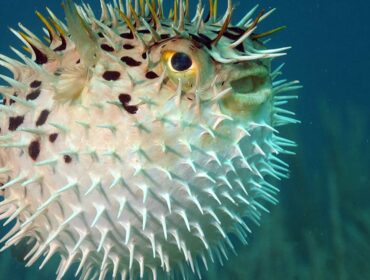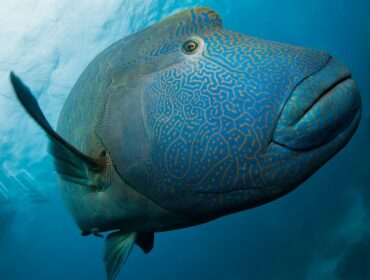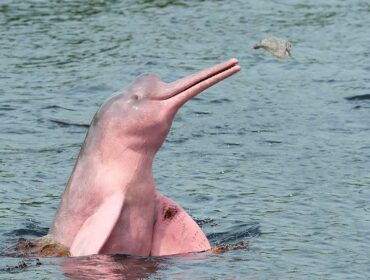Coral reefs are remarkable to look at during the day, and most of you who have scuba dived, have probably done a night dive on the reef where coral reefs appear even more interesting under the glare of the dive light. However, it’s time to look at coral with a “new light”. If you wish to experience a reef come alive in a kaleidoscope of psychedelic colors, try diving with UV dive lights to witness the spectacular phenomenon of coral fluorescence.
What is coral fluorescence? Well under certain light wavelengths some species of corals exhibit a phenomenon known as fluorescence where the coral itself appears to glow in shades of green, red or blue. Corals that normally appear dull brown in the daytime or under white light can take on vivid rainbow hues. Corals fluorescence when certain pigments inside them react to strong light absorbing the cooler blue end of the spectrum and reflecting back greens or reds.
The phenomenon of Coral Fluorescence is still full of mystery and the reasons why certain coral fluoresce are to this date unknown. Strangely enough not all corals fluoresce, and only a few species possesses this unique property which further complicates the search for the reason why corals glow in the first place.
There are several theories provided by scientist, and perhaps the most likely reason is that it acts as a kind of “sun block” for the coral protecting the zooxanthallae inside the coral from the harmful rays of the sun . Marine Biologists say that this property could perhaps protect shallow coral from bleaching or provide deeper coral the ability to absorb the UV light from the sun and reflect it back to the zooxanthallae allowing them to photosynthesize in the absence of sufficient sunlight.
Other fluorescence theories claim that fluorescence is an indicator of the health of coral, or is somehow used to signal coral spawning. Some scientists have also suggested that the light is used by coral to ward off predators.
Whatever the reason, for divers and underwater photographers, fluorescence is simply another unique dive experience and photo op. In order to observe this phenomenon, you will require “black light” or UV dive lights as well as your ordinary white lights to help you get around. UV lights alone are highly ineffective to navigate by, and you may end up bumping into things so use your ordinary lights till you get to the reef and then turn off the lights allowing your eyes to adjust to the darkness, while using your UV light to illuminate the coral. The process is pretty much hit and miss as not all coral pops out in vivid color. But when it does the results are simply striking. For underwater photographers coral fluorescence photography has become a whole new fascinating sub-set of the hobby, with some photographers switching exclusively to capturing coral under UV light.




